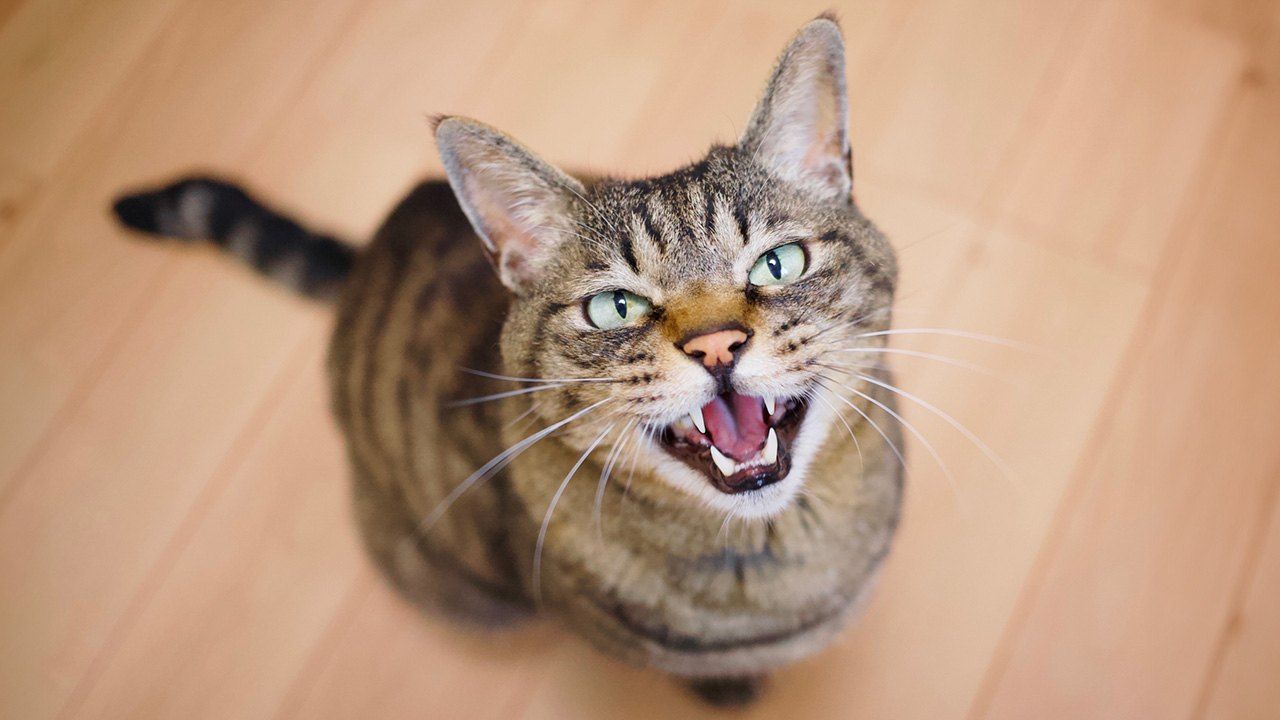
Learning and Loving the Japanese Language
Japanese Animal Noises
Language Culture- English
- 日本語
- 简体字
- 繁體字
- Français
- Español
- العربية
- Русский
An Alternative Perspective
Go to another country and even the animals speak a different language—cats might say meow in English, but in Japanese they say nyā or nyan, while dogs bark wan wan instead of woof. As these examples show, the words for animal noises can be very different. Learning them might not seem a high priority, but it is good fun to make comparisons, and get an alternative perspective on how to represent these familiar sounds.
On the farm, pigs grunt bū bū, while cows cry out mō. In old ponds, frogs sing kero kero, and (solving one mystery) foxes call out kon kon in the woods. On branches (or garbage collection nets) crows caw kā kā, and owls hoot hō hō in the night. Monkeys chatter uki uki, lions roar gaō, and, in what is perhaps my favorite example, elephants trumpet paōn.
Much as in English, these noises are learned in childhood, via picture books, children’s television, and comics. In a few cases, the words are used for the animals themselves too, so parents might point out a wan wan (dog) frolicking in the park to a young child, or talk about what the pet nyan-chan (cat) is up to—here the meow sound gets the affectionate suffix chan, a variation on the well-known san, as in Tanaka-san.
Catchy Copy
Advertisers and other creators of catchy copy are not slow to exploit the potential of incorporating cute animal sounds into their material. This is especially true for cats and dogs, with nyan commonly substituting for nan (what), and wan often representing “one” in bilingual puns. They also appear in names like the popular Hikone cat mascot Hikonyan, the catlike Nyāsu Pokémon species (known in English as Meowth), and the children’s television character Wanwan, an anthropomorphic dog.
When used in a sentence, animal sounds are sometimes combined with the verb naku, an all-purpose word that roughly means “to cry.” There are only a few other verbs representing animal noises, such as hoeru for the barking and howling of dogs and wolves, saezuru for the twittering of small birds, and inanaku for the neighing of horses.
The following chart lists many Japanese animal noises, although bear in mind that there are often minor variations, as with the nyan and nyā for cats, or kero kero and gero gero for frogs. In Japanese, these sounds may be written with either hiragana or katakana.
| Cat | Nyā |
| Dog | Wan wan |
| Horse | Hihīn |
| Cow | Mō mō |
| Sheep/goat | Mē |
| Mouse | Chū chū |
| Fox | Kon kon |
| Wolf | Uōn |
| Frog | Kero kero |
| Snake | Shū |
| Monkey | Uki uki |
| Lion | Gaō |
| Elephant | Paōn |
| Rooster | Kokekokkō |
| Chick | Piyo piyo |
| Duck | Gā gā |
| Small bird | Chun chun |
| Pigeon | Poppō |
| Crow | Kā kā |
| Cuckoo | Kakkō |
| Owl | Hō hō |
| Uguisu (bush warbler) | Hōhokekyo |
(Originally written in English. Banner photo © Pixta.)